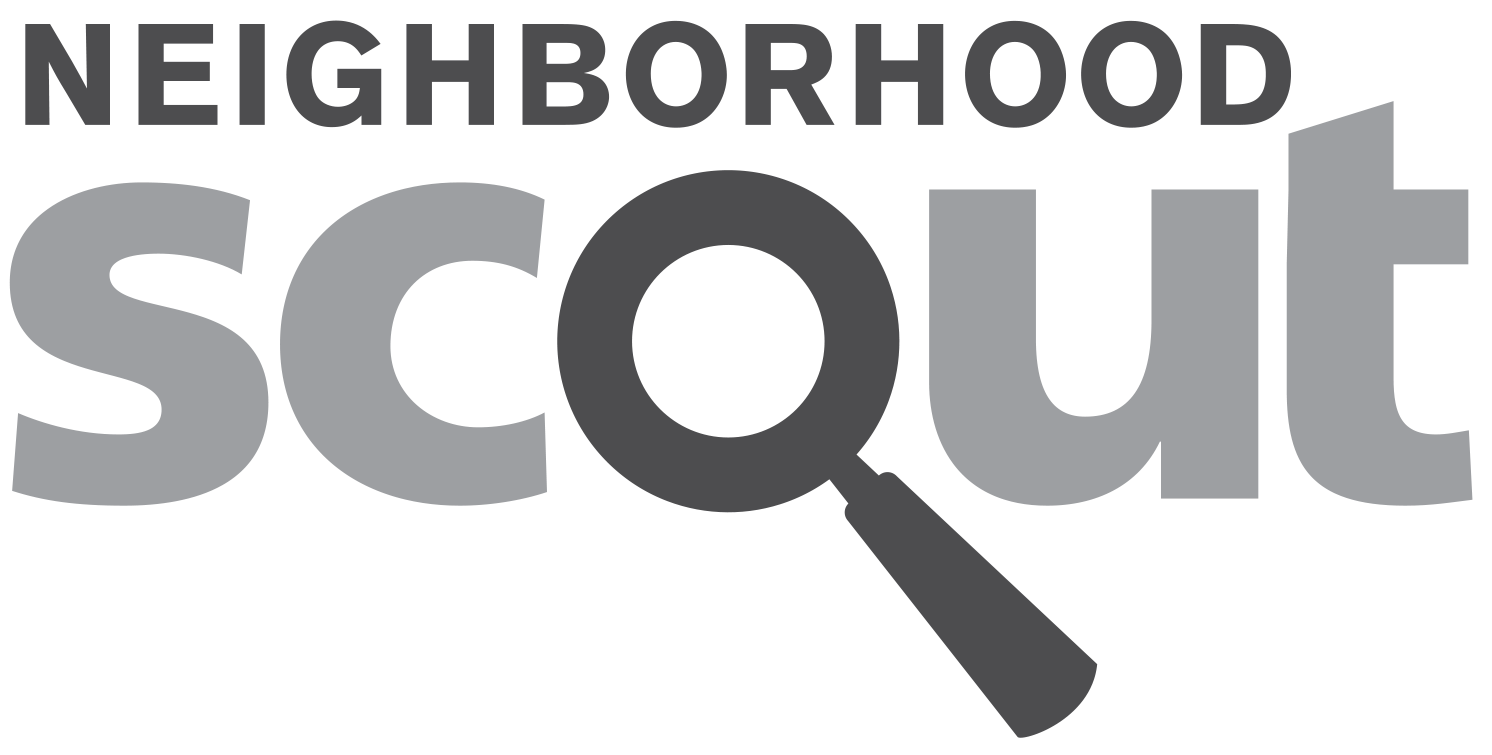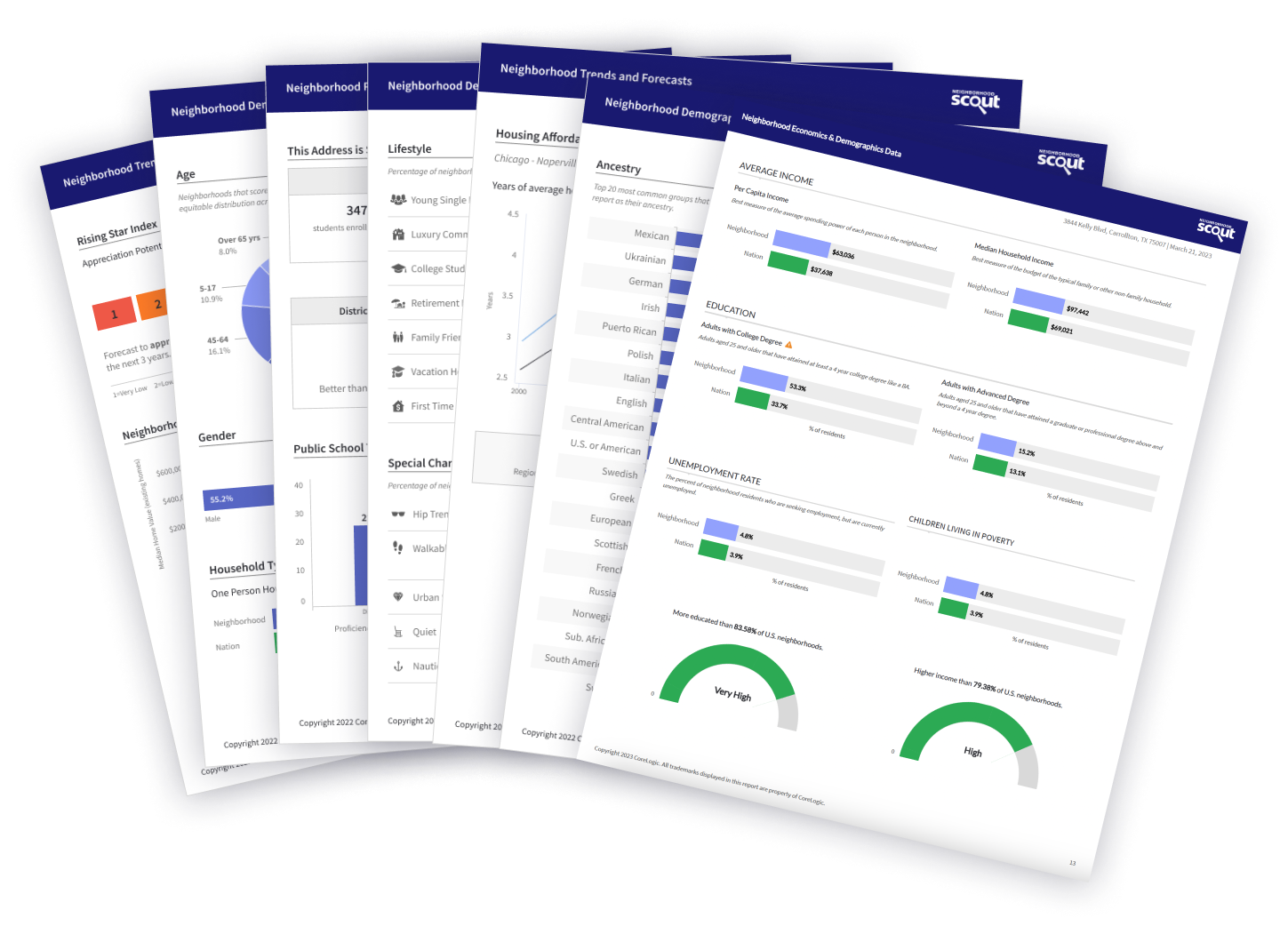Chelan Falls is a tiny town located in the state of Washington. With a population of 340 people and just one neighborhood, Chelan Falls is the 309th largest community in Washington. Chelan Falls has a large stock of pre-World War II architecture, making it one of the older and more historic towns in the country.
Chelan Falls home prices are not only among the most expensive in Washington, but Chelan Falls real estate also consistently ranks among the most expensive in America.
Chelan Falls is a blue-collar town, with 100.00% of people working in blue-collar occupations, while the average in America is just 27.7%. Overall, Chelan Falls is a town of construction workers and builders, farmers, fishers, or foresters, and transportation and shipping workers. There are especially a lot of people living in Chelan Falls who work in farm management occupations (35.37%), office and administrative support (0.00%), and sales jobs (0.00%).
Another important characteristic of Chelan Falls is that a lot of people work in agricultural jobs, especially compared to most other communities in America, and there are quite a number of farms in town.
The overall crime rate in Chelan Falls is one of the lowest in the US. This makes it one of the safer places to live in the country in terms of crime.
Residents will find that the town is relatively quiet. This is because it is not over-populated, and it has fewer college students, renters, and young children - all of whom can be noisy at times. So, if you're looking for a relatively peaceful place to live, Chelan Falls is worth considering.
Residents of the town have the good fortune of having one of the shortest daily commutes compared to the rest of the country. On average, they spend only 17.20 minutes getting to work every day.
Chelan Falls is a small town, and as such doesn't have a public transit system that people use to get to and from their jobs every day.
In Chelan Falls, just 12.35% of people have at least a bachelor's degree, which is quite a bit lower than the national average for cities and towns of 21.84%.
The per capita income in Chelan Falls in 2022 was $23,640, which is low income relative to Washington and the nation. This equates to an annual income of $94,560 for a family of four.
Chelan Falls is a very ethnically-diverse town. The people who call Chelan Falls home describe themselves as belonging to a variety of racial and ethnic groups. The greatest number of Chelan Falls residents report their race to be White. Chelan Falls also has a sizeable Hispanic population (people of Hispanic origin can be of any race). People of Hispanic or Latino origin account for 20.57% of the town’s residents. Important ancestries of people in Chelan Falls include German, Irish, Scottish, Yugoslavian, and Other West Indian.
Foreign born people are also an important part of Chelan Falls's cultural character, accounting for 20.57% of the town’s population.
The most common language spoken in Chelan Falls is English. Other important languages spoken here include Spanish and Italian.
When you see a neighborhood for the first time, the most important thing is often the way it looks, like its homes and its setting. Some places look the same, but they only reveal their true character after living in them for a while because they contain a unique mix of occupational or cultural groups. This neighborhood is very unique in some important ways, according to NeighborhoodScout's exclusive exploration and analysis.
Astoundingly, NeighborhoodScout's research reveals that this single neighborhood has a higher concentration of married couples living here than 99.3% of all U.S. neighborhoods. Whether they have school-aged children or not, married couples are the rule in the neighborhood. If you are a married couple, you may find many people here with a similar lifestyle, and perhaps common interests. But if you are single, you might not find many other singles here.
In addition, if you are planning to retire in Washington, this neighborhood should be on your must-see list. For many reasons, may be considered a retiree's dream neighborhood. According to NeighborhoodScout's exclusive analysis and metrics, it's peaceful and quiet, has above average safety from crime compared to other neighborhoods in Washington, while also offering a diverse range of housing options. This, along with the vibrant mix of very educated seniors and other age groups who choose to live here, makes the neighborhood more retiree-friendly than 96.0% of neighborhoods in WA. If a Washington retirement is in your future, this neighborhood should be one of the places you visit.
Despite all of the residential real estate here in the neighborhood, NeighborhoodScout has discovered that much of it is vacant. In resort or second-home vacation areas, this naturally occurs because homes and apartments are seasonally occupied, and empty for a portion of the year. In non-vacation or resort areas, however, this can be an indicator of property abandonment or a weak real estate market. The vacancy rate here is 55.2%, which is higher than 99.1% of all U.S. neighborhoods.
In addition, this neighborhood has wide open spaces, few people, and lots of space to stretch out. If you like locations that fit that description, you may like this neighborhood. Based on NeighborhoodScout's exclusive analysis, with only 23 people per square mile living here, this neighborhood is less crowded than 94.1% of America. One of the notable things about is that it is one of the quietest neighborhoods in America, according to NeighborhoodScout's exclusive analysis and quantitative rating of quietness. When you are here, you will find it to be very quiet. If quiet and peaceful are your cup of tea, you may have found a great place for you.
Regardless of the means by which residents commute, this neighborhood has a length of commute that is notable. Residents of the neighborhood have the pleasure of having one of the shortest commutes to work of any neighborhood in America. 65.0% of the residents have a commute time from home to work (one way) of less than fifteen minutes. This is a higher proportion of residents enjoying a short trip to work than NeighborhoodScout found in 97.5% of U.S. neighborhoods. Less time commuting means more time for other things in life.
In the neighborhood, walking to work is a real option for many. In fact, NeighborhoodScout's exclusive research reveals walking to and from work is the chosen way to commute for 16.2% of residents here. This is a higher proportion of walking commuters than we found in 97.5% of American neighborhoods. Get ready to put on your walking shoes if you move here!
It used to be that most Americans lived on the farm, or otherwise made their living from the land, the forests, or the sea. With global trade and an economy increasingly based on providing services to one another, fewer people farm, fish or harvest timber now than at any time in American history. But according to NeighborhoodScout's leading analysis, the neighborhood stands apart from most American neighborhood due to the proportion of its residents still working in these fields. With 4.6% of the workforce so employed, this neighborhood has a greater concentration of such workers than 96.6% of U.S. neighborhoods.
Did you know that the neighborhood has more Armenian and Danish ancestry people living in it than nearly any neighborhood in America? It's true! In fact, 2.1% of this neighborhood's residents have Armenian ancestry and 1.9% have Danish ancestry.
The freedom of moving to new places versus the comfort of home. How much and how often people move not only can create diverse and worldly neighborhoods, but simultaneously it can produce a loss of intimacy with one's surroundings and a lack of connectedness to one's neighbors. NeighborhoodScout's exclusive research has identified this neighborhood as unique with regard to the transience of its populace. More residents of the neighborhood live here today that also were living in this same neighborhood five years ago than is found in 97.4% of U.S. neighborhoods. This neighborhood is really made up of people who know each other, don't move often, and have lived here in this very neighborhood for quite a while.
There are two complementary measures for understanding the income of a neighborhood's residents: the average and the extremes. While a neighborhood may be relatively wealthy overall, it is equally important to understand the rate of people - particularly children - who are living at or below the federal poverty line, which is extremely low income. Some neighborhoods with a lower average income may actually have a lower childhood poverty rate than another with a higher average income, and this helps us understand the conditions and character of a neighborhood.
The neighbors in the neighborhood in Chelan Falls are lower-middle income, making it a below average income neighborhood. NeighborhoodScout's research shows that this neighborhood has an income lower than 78.0% of U.S. neighborhoods. With 31.4% of the children here below the federal poverty line, this neighborhood has a higher rate of childhood poverty than 83.1% of U.S. neighborhoods.
The old saying "you are what you eat" is true. But it is also true that you are what you do for a living. The types of occupations your neighbors have shape their character, and together as a group, their collective occupations shape the culture of a place.
In the neighborhood, 36.0% of the working population is employed in sales and service jobs, from major sales accounts, to working in fast food restaurants. The second most important occupational group in this neighborhood is manufacturing and laborer occupations, with 30.4% of the residents employed. Other residents here are employed in executive, management, and professional occupations (22.7%), and 6.3% in clerical, assistant, and tech support occupations.
Languages
The languages spoken by people in this neighborhood are diverse. These are tabulated as the languages people preferentially speak when they are at home with their families. The most common language spoken in the neighborhood is English, spoken by 75.9% of households. Other important languages spoken here include Spanish and Italian.
Ethnicity / Ancestry
Boston's Beacon Hill blue-blood streets, Brooklyn's Orthodox Jewish enclaves, Los Angeles' Persian neighborhoods. Each has its own culture derived primarily from the ancestries and culture of the residents who call these neighborhoods home. Likewise, each neighborhood in America has its own culture – some more unique than others – based on lifestyle, occupations, the types of households – and importantly – on the ethnicities and ancestries of the people who live in the neighborhood. Understanding where people came from, who their grandparents or great-grandparents were, can help you understand how a neighborhood is today.
In the neighborhood in Chelan Falls, WA, residents most commonly identify their ethnicity or ancestry as Mexican (24.5%). There are also a number of people of German ancestry (24.2%), and residents who report English roots (13.4%), and some of the residents are also of Irish ancestry (5.5%), along with some Scottish ancestry residents (3.9%), among others. In addition, 25.7% of the residents of this neighborhood were born in another country.
Even if your neighborhood is walkable, you may still have to drive to your place of work. Some neighborhoods are located where many can get to work in just a few minutes, while others are located such that most residents have a long and arduous commute. The greatest number of commuters in neighborhood spend under 15 minutes commuting one-way to work (65.0% of working residents), one of the shortest commutes across America.
Here most residents (57.3%) drive alone in a private automobile to get to work. In addition, quite a number also hop out the door and walk to work to get to work (16.2%) and 13.6% of residents also carpool with coworkers, friends, or neighbors for their daily commute. In a neighborhood like this, as in most of the nation, many residents find owning a car useful for getting to work.

